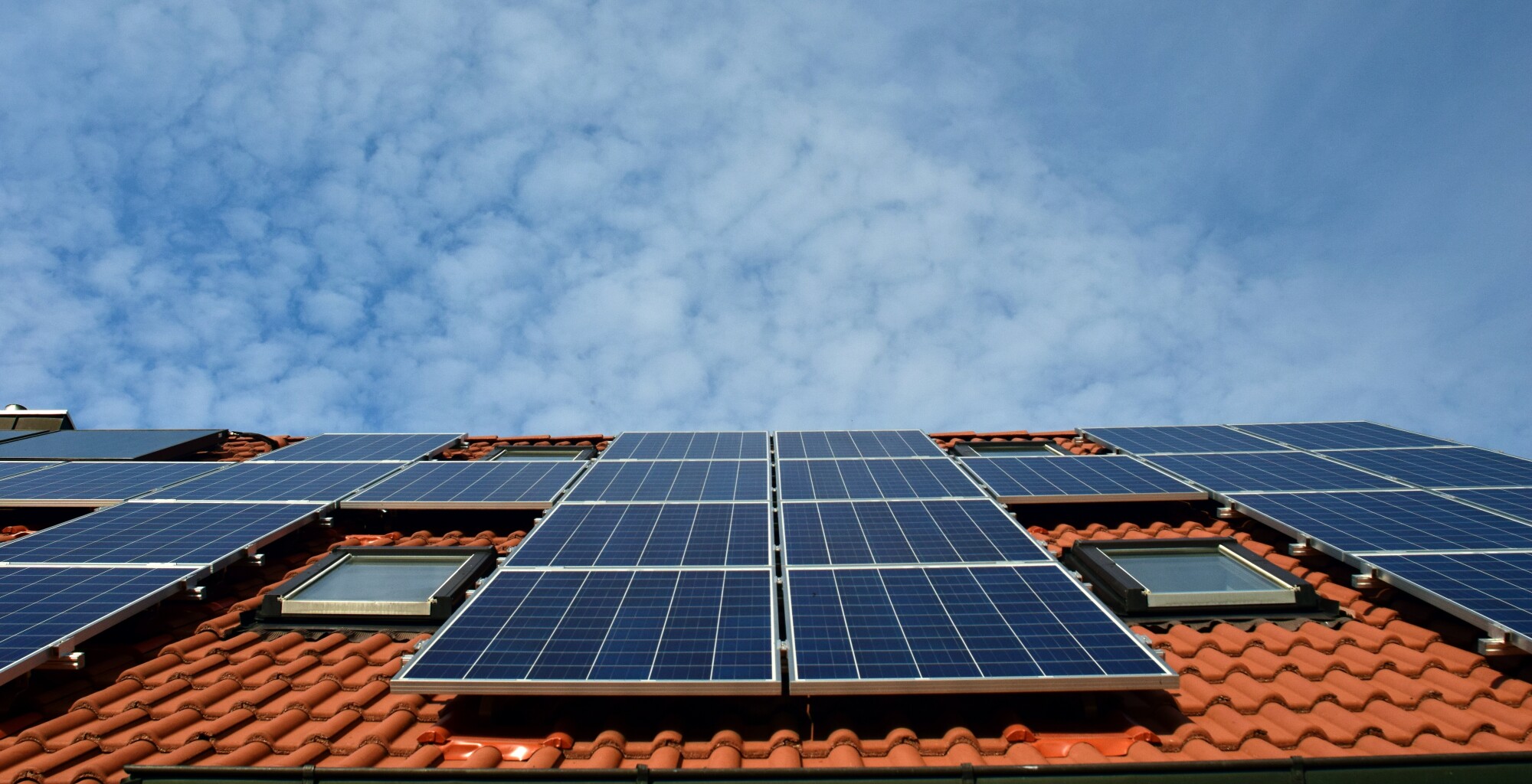Solar power is booming and has been since the turn of the new millennium. Even in 2020, at the height of the COVID-19 pandemic, the U.S. solar industry posted record growth.
And because the technology has boomed so much within recent memory, it sometimes causes the misconception that solar panels are a recent advancement. But this could hardly be further from reality.
How far back do you think solar panel history stretches? This brief history of solar panels may surprise you.
Solar Technology Through the Ages
Humans have been harnessing the power of the sun well before the history of solar panels ever began. As far back as the 7th century B.C., we had figured out to light fires by channel the sun through magnifying lenses. And in ancient ruins all over the world, we can find homes built in such a fashion to use the light of the sun for heating.
By the 18th and 19th centuries, we had learned how to use sunlight to create solar ovens and even power entire steamboats. But the real advancement was the discovery of the photovoltaic effect. This is the ability of sunlight to generate electricity.
In 1839, a 19-year-old French physicist named Edmond Becquerel observed the phenomenon for the first time. He learned that by submersing gold or platinum plates in a conductive solution and exposing them to sunlight, he could generate an electrical current.
His discovery spread throughout the world like wildfire. It didn’t take long before all manner of solar-powered engines, printing presses, and other devices to start popping up. And though no one could know it, the discovery would lead to technology that could change the world.
Modern Solar Panel History
In Becquerel’s day, there were no power grids, so the utility of his discovery was limited. It wouldn’t be until electricity became commonplace for its true value to become apparent.
The photovoltaic effect is the key to how solar panels work, and thus it’s what makes the current explosion in solar technology possible.
The first modern solar cells were developed in the 1950s at Bell Labs, and this is where the history of the solar panel as we know it begins.
While it’s true that primitive solar cells had been patented in the 19th century, they were too inefficient and expensive to be of much use. The major breakthrough at Bell Labs was the advent of the first effective silicon solar cells in 1954. One year later, a trio of scientists—Gerald Pearson, Calvin Fuller, and Daryl Chapin— bonded these cells together into thin strips and created the very first solar panel.
With an efficiency rate of 6%, their panel was the first solar unit that could power an electrical device for several hours, a major breakthrough in solar panel efficiency history. The world would see the potential, and the following decades would see reiterations on their technology.
And as time has gone by, the advancement continues to accelerate. It’s now possible to power entire buildings with solar power, and urban planners look to a future where whole cities run on solar panels.
The Future of Solar Power
Solar panel history tells a longer story than most realize. And if current trends are any indication, we’re still only in its early chapters.
Fossil fuel energy sources aren’t sustainable, so for our society to survive we need to turn to renewable sources like solar power. And as technology continues to improve, we can imagine a future where the unlimited potential of the sun meets all our energy needs.
Until then, we need to be conscious of our power use. To learn how you can make your home more energy-efficient, be sure to check out our DIY home improvement tips.

